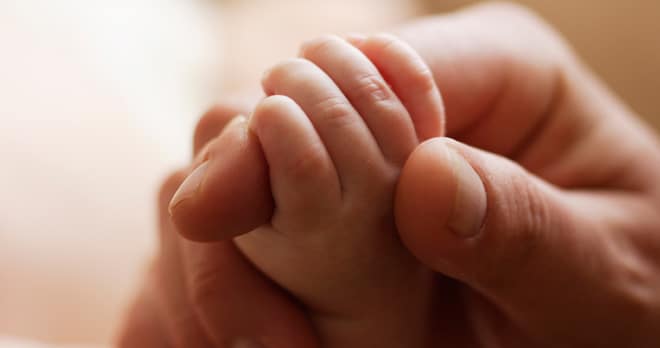What new and existing treatment could be available for a child with Erb’s palsy?

Erb’s palsy is a condition where a baby has suffered damage to the nerves in the neck which control the arm due to an injury at the time of birth. These nerves are called the brachial plexus and they carry information, like an internet cable, between the brain and the arm about movement, feeling, touch and pain. These nerves also stimulate growth and make skin, sweat, hairs and nails grow and function properly. The damage caused to these nerves results in an arm which is floppy at birth and won’t move, it can be dry and is probably rather numb. Slowly over time the injury recovers but most children tend not to recover full function naturally.
Children who do have Erb’s palsy tend to adapt very well, much better than an adult would do if suddenly faced with the same issues, as they have grown up to find their own ways to do things.
However, certain jobs or tasks will be impossible for your child to perform (depending on the extent of the injuries). Often careers in the military or police may be excluded. There are existing treatments available to help ease your child’s specific difficulties though, and new and improved treatments are being developed all the time, including:
- Surgery – This treatment is not lifesaving, it does not have to be done, but often it offers a benefit. It is often time dependent; meaning you have to make a decision within a time frame, often before five or six months of age. There are other kinds of surgeries on the shoulder or arm which can be done at any time.
- CIMT – Constraint Induced Movement Therapy, a form of rehabilitation of the arm and hand to improve function.
- Physiotherapy – To focus directly on strengthening the ‘core’ and shoulder girdle muscles which can improve postural alignment, range of movement, a reduction in arm length difference and a reduced risk of secondary complications.
- The development of a drug to help nerve recovery.
- The development of a new nerve graft with the child’s own cells.
- Training the body better to improve function and reduce pain.
It is difficult to be absolutely sure what treatment is right for your child, and this is why it is important to talk to your treating team and ask questions about what treatment is available to help you make the right decisions for your child.
If you have any questions about treatment or anything else relating to Erb's palsy, make sure to join us at 6:30pm on Wednesday 11 March for our FREE Erb's Palsy Clinic. At the clinic our specialist legal team will be on hand to answer any queries you may have, whilst you hear from experts in the field of obstetrics and treatment, as well as the mother of a child with Erb's.